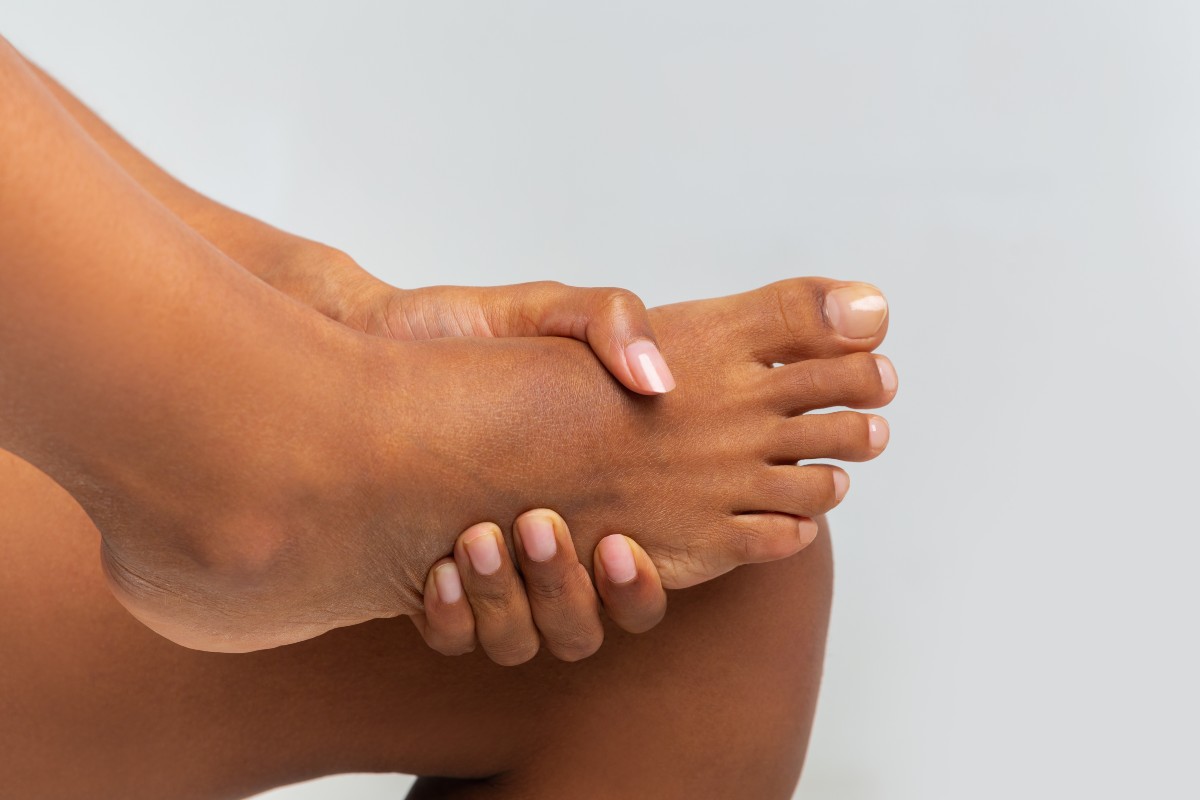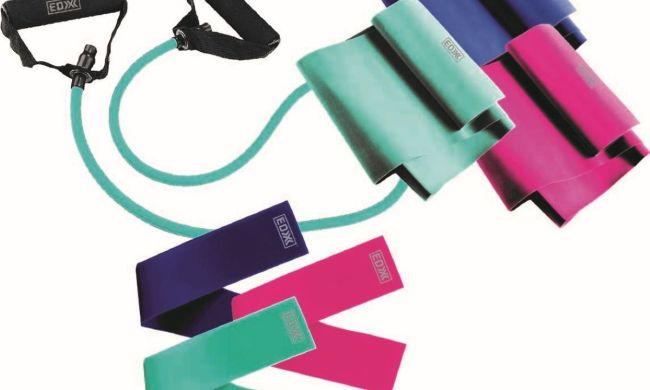You want to get your days started on the right foot. But when you have plantar fasciitis, you’d likely prefer not to start the day on any foot.
Plantar fasciitis occurs when the ligament that runs across the bottom of the foot (the plantar fascia), becomes inflamed. People with plantar fasciitis may feel like someone is stabbing them near the heel.
Though the pain can be intense, the fix can be simple. Adding a few stretches into your day each morning and after long periods of rest, such as sitting at the computer for a few hours, can relieve the tension in your heel.
“Once you have it, most people end up in this chronic state between half-healing and re-tearing,” said Dr. Colin Dombroski, a footcare expert and author of The Plantar Fasciitis Plan: Free Your Feet From Morning Pain. “At night, your foot shortens, and your foot starts to heal…after long periods of rest, you wake, increase the strain and go from half-healing to tearing.” He adds, “Targeted stretches after long periods of rest…[can break] you out of that constant cycle.”
Dombroski offered more information on how people get plantar fasciitis, a fascia stretching routine, and advice on when to call a doctor.

How people get plantar fasciitis
There are various ways people get plantar fasciitis and often occurs from more than one cause.
“The problem with plantar fasciitis is that there are a variety of ways to get it, [like] overtraining or wearing worn-out shoes,” Dombroski said. Age, working a job that requires you to be on your feet for long periods, obesity, flat feet, and high arches are also risk factors. The condition is common among runners and pregnant women, but just about anyone can develop it.
Stretching routines
Dombroski suggested introducing these daily plantar fasciitis stretches into your morning routine before subjecting your feet to their everyday duties.
Alphabet
This stretch is easy as ABC to complete — simply draw the alphabet with both feet. “It takes your ankle through all the ranges of motion and gets everything nice and warmed up,” Dombroski said.
Toe flexes with self-massage
Grab onto your toes and pull them back towards your shins. “You’re providing some passive stress to the plantar fascia,” said Dombroski. Make this stretch more soothing by taking your thumb and performing a cross-friction massage on the area that hurts. “It works to break down some of the scar tissue,” Dombroski noted.
Tennis ball foot massage
Continue to massage your plantar fasciitis by finding a tennis ball or can. Roll it from the heel to the ball of your foot. It may feel a little strange, but take note of any pain that feels too sharp. “It should be uncomfortable because you are breaking down scar tissue, but it shouldn’t be so uncomfortable it’s painful,” Dombroski advised.
Toe and towel curl
This stretch not only works the foot but the calves as well. “Tight calves are one of the risk factors of plantar fasciitis,” Dromboski said. Put your leg straight out, wrap the towel around the forefoot, and lightly pull the toes towards the shins.
Other ways to treat plantar fasciitis
Dombroski suggests patients with plantar fasciitis try the “REST” method before taking more invasive measures, such as steroid injections.
- Reduce pain with plantar fascia stretches
- Evaluate activity, so you can stay active without making it worse. Avoid anything that gets you up on your toes
- S Shoes — make sure your shoes are appropriate for what you are doing
- Try over-the-counter solutions such as an orthotic or shoe insert
Another acronym you might put to use is RICE.
- Rest the painful area for a few days
- Ice the area for 20 minutes at a time to relieve inflammation
- Compress the area with a soft wrap to reduce swelling
- Elevate the area by putting the foot on a few pillows
When to call a doctor
If the REST method isn’t working or the pain becomes unbearable, seek the help of a healthcare professional.
“There are so many things you can do, but we want you to start with the basic things first,” Dombroski said. “If that’s working, fantastic. If you aren’t seeing improvement after two to four weeks, you’ll want to seek help.”
When plantar fasciitis goes on too long without treatment, Dombroski warms, it can impact the ankle, lower back, and overall quality of life — that’s not something you should have to deal with.
Plantar fasciitis is a pain, but simple measures like stretching and rest can help heal. It’s best to stretch first thing in the morning or after long periods of rest (such as sitting at a computer for a long time). Other remedies, such as buying a new pair of footwear or using a shoe insert, can also help. If these things don’t work, don’t hesitate to see a doctor.
BlissMark provides information regarding health, wellness, and beauty. The information within this article is not intended to be medical advice. Before starting any diet or exercise routine, consult your physician. If you don’t have a primary care physician, the United States Health & Human Services department has a free online tool that can help you locate a clinic in your area. We are not medical professionals, have not verified or vetted any programs, and in no way intend our content to be anything more than informative and inspiring.




